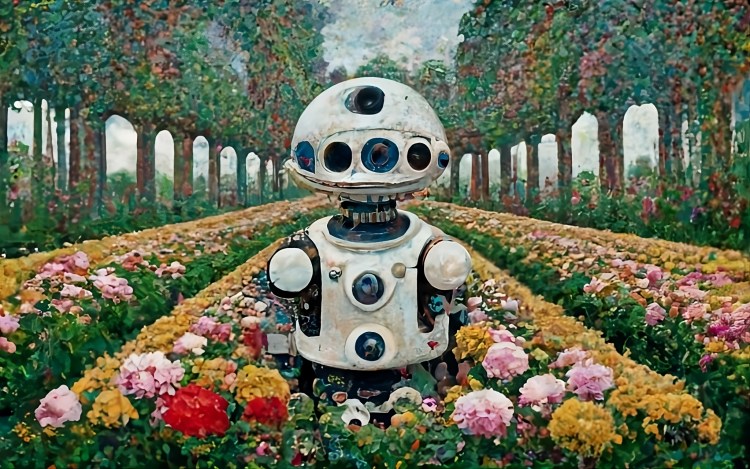The Evolution of AI in 2023
By any measure, 2023 was an amazing year for AI. From large language models (LLMs) to chatbot applications, there were numerous advancements in various fields, including image, video, and voice generation. Digital technologies have even given rise to digital humans who are replacing humans as influencers and newscasters. The adoption of AI in daily work has also greatly increased, paving the way for future innovations like friendly home robots and artificial general intelligence.
With AI becoming an integral part of our lives and work, we can’t help but wonder what the future holds.
“While digital advancements continue to astonish, the physical realm of AI — particularly robotics — is not far behind in capturing our imagination.” – Anonymous
Advancements in Robotics
The fusion of large language models with image recognition capabilities through camera vision has the potential to revolutionize robotics. Nvidia’s VP of robots and edge computing, Deepu Talla, believes that LLMs will enable robots to better understand human instructions and comprehend their environments.
To enhance robot performance, multiple models can be utilized. MIT’s Improbable AI Lab has developed a framework that leverages three foundation models tailored for specific tasks, such as language, vision, and action. The collaboration of these models ensures better decision-making for robots.
“Each foundation model captures a different part of the [robot] decision-making process and then works together when it’s time to make decisions.” – MIT researchers
To address limitations and make robots more widely usable in the real world, Stanford University has developed an AI system called Mobile ALOHA. This system enables robots to autonomously perform complex mobile manipulation tasks, such as cooking and cleaning.
“Robots may be nearing their ‘ImageNet moment’ when both the cost of learning robot behaviors falls, as does the data for learning their behaviors.” – Jack Clark
The Potential of AI
The potential of AI to revolutionize various industries is widely recognized. Nvidia CEO Jensen Huang believes that artificial general intelligence (AGI), where AI can perform at human levels across diverse tasks, could be achieved within five years. Jim Fan, senior research scientist at Nvidia, compares the progress made in AI to the leap from the Stone Age to the Space Age.
McKinsey estimates that gen AI, the generation that grows up with AI, will add trillions of dollars to the global economy annually. UBS predicts that the AI market will experience tremendous growth, reaching $225 billion by 2027.
“AI is about to supercharge the innovation pipeline.” – Bill Gates
Potential Challenges and Concerns
As with any rapidly evolving technology, there are challenges and concerns associated with AI. The Gartner Emerging Technology Hype Cycle places gen AI at the peak of inflated expectations, suggesting a possible period of retrenchment ahead. The cost of compute, energy use, data bias, data security, copyright infringement, and existential threats are all factors that could impact the future of AI.
Despite these challenges, AI continues to progress. Predictions for 2024 include further technological improvements, the generation of new media by AI, advancements in mimicking human reasoning, and the emergence of physically interactive robots.
“Most likely, AI development is actually going to accelerate for a while yet before it eventually slows down due to technical or economic or legal limits.” – Ethan Mollick
The year ahead in AI holds both excitement and uncertainty. It is crucial to manage expectations and learn from previous experiences to navigate the ever-changing landscape of AI.
Source: Gary Grossman, EVP of technology practice at Edelman and global lead of the Edelman AI Center of Excellence










